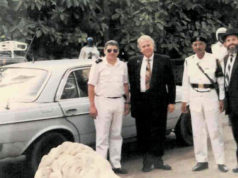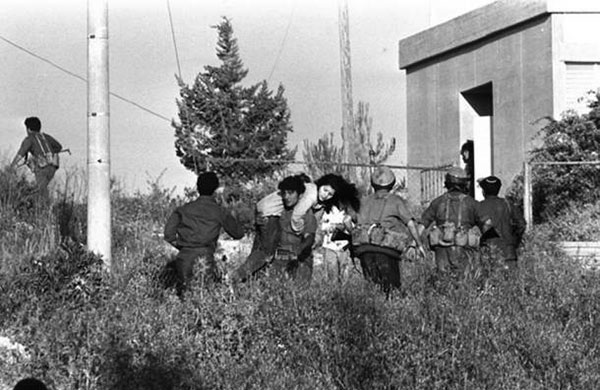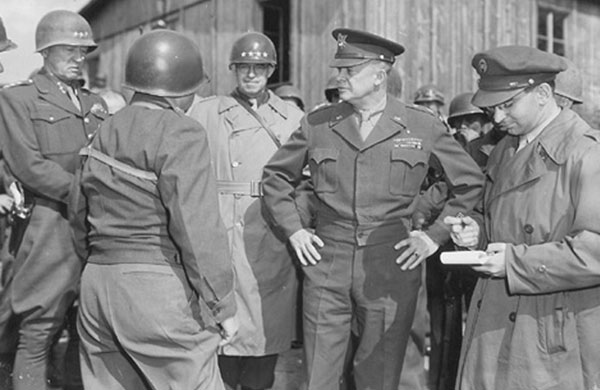 Papers and photographs documenting the lives of Holocaust victims and survivors—including notable names like Nobel Peace Prize winner Elie Wiesel and former Israeli Prime Minister Menachem Begin—are part of a collection being put online by the American Jewish Joint Distribution Committee (JDC).
Papers and photographs documenting the lives of Holocaust victims and survivors—including notable names like Nobel Peace Prize winner Elie Wiesel and former Israeli Prime Minister Menachem Begin—are part of a collection being put online by the American Jewish Joint Distribution Committee (JDC).
With over 500,000 names, and more than 1,000 photographs, the collection documents the relief organization’s vast efforts during World War II and the postwar era in 24 countries, from China and Japan to the Dominican Republic and Bolivia. The records open a view into the lives of survivors that the JDC aided during that cataclysmic period. Until now, the organization’s archive has been largely inaccessible to the public, as it was kept at a private storage warehouse.
Volunteers have been entering names in a database for over a year. Rare, fragile documents were scanned into the computer system. Users of the site can submit names to identify people they recognize in the photographs, which may be added as captions. The committee plans to put even more documents online later this summer.
“A website like this is where history meets technology,” said Gideon Taylor, an executive with the New York-based committee. “It’s taking history out of the dusty files and bringing it out into the community.”
This project is one of a growing number around the world aimed at making primary records about the Holocaust available on the Internet.
The collection offers glimpses into the lives of children who survived the Holocaust and went on to become moral and spiritual leaders, politicians and artists.
For example, there was a list naming 426 orphaned boys from the Buchenwald concentration camp who were taken to Paris by the committee in 1945. Elie Wiesel was one of those boys. Of course he went on to become an author and one of the world’s most esteemed humanitarians. Also on the list was Israel Meir Lau, a future Chief Rabbi of Israel and one of the youngest surviving prisoners of Buchenwald. He was just seven years old when he was liberated.
Begin, the future Israeli prime minister, is named on a list of 9,000 Polish Jewish refugees receiving the agency’s aid in Vilna, Lithuania in 1940.
Another person named in the files is Peter Max, the famed New York artist whose cosmic-colored works became a signature style of the 1960s.
“Looking back, it’s amazing that people had the will to organize, to create organizations to help people who fled other countries and were in dire need,” said Max, who was six months old when his family, the Finkelsteins, fled Berlin, and found safe haven in Shanghai, where the JDC also had a relief operation.
Linda Cantor, the past president of the Jewish Genealogical Society of New York and a volunteer who helped put the names online, found a relative she never knew about.
Finally, Claus Hirsch, 76, of New York, fled Berlin with his parents and brother and found asylum in Shanghai. Working as a volunteer, he went over lists of names and put them into the database. “It’s nice to see a name on a list,” he said, before he began to weep. “I saw names of people I had known years ago, who I hadn’t thought about in 30 or 40 years. It has been an emotional experience.”



